Electric Motor Ball Bearing Lubrication Pitfalls
July 14, 2016
This is our third and final article in a series of articles on ball bearings in electric motors. You are encouraged to view our prior articles at the links below:
This article picks up where those left off… What else should you consider when thinking about electric motor ball bearings? What else could go wrong? Well, there is a number of items that need to still be considered, but let’s look at a few of the major items.
Bearing Housing Construction
How is your bearing housing constructed? Does it allow for greasing of bearings? Below are some standard housing arrangements:
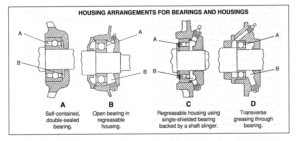
What if too much grease is put into the housing?
If too much grease is put into the housing, a variety of items can take place depending on the housing arrangement and bearing type that the motor has. Below are some examples:
The bearing experienced a ball cage failure due to the bearing shield being pushed down on the ball cage due to over pressurization of the grease cavity.
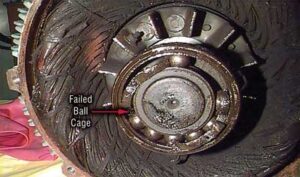
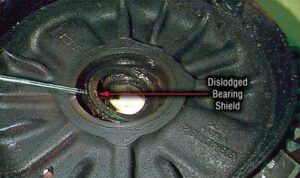
End bell with bearing shield that has become dislodged from the bearing
This motor had a damaged bearing and the operators thought that if they continued to pump grease into the housing the noise would go away.

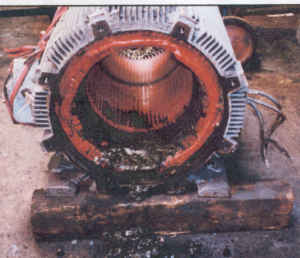
Over greasing a noisy bearing treats the symptom rather than the cause. The result may cause other problems. In this example the result was in an increase in the winding temperature.
Features to help prevent over greasing of electric motor ball bearings:
Hydraulic Shut-Off Grease Fittings

These fittings are intended to prevent over lubrication and over pressurization of bearing shields. The design provides for pressure-specific shut-off (for example, 20 psi). At the given shut-off pressure, the grease flow will stop. When pressure falls below the maximum, the grease flow can resume. The typical design includes a 60-degree angle and a 1/8-inch PTF male pipe thread. They are available from various manufacturers in various quantities.
Pressure Relief Vent Fittings
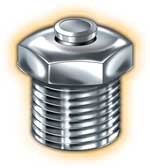
These fittings are intended to work as pressure-relief valves. Any time the pressure rises above the designed limit (for example, 1 to 5 psi), the unit will open, venting pressure. After pressure is relieved, the fitting will close to form a seal.
In the electric motor repair business, we see too many times where relief’s are not in place and individuals just continue to pump grease into an electric motor’s bearing housing. See below pictures for reference/example:
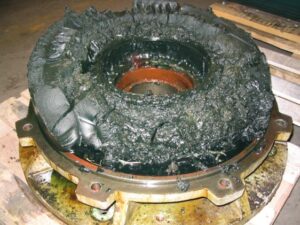
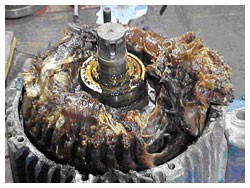
What could happen if a bearing is not greased?
A proper lubrication program can be the difference between a simple bearing change and a catastrophic failure. Metal on metal contact when there should be grease lubrication can cause some major issues and damage much more of the motor than just the bearings themselves. Take a look at the below images that show results of insufficient lubrication:
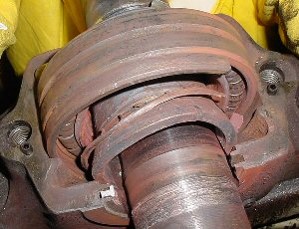
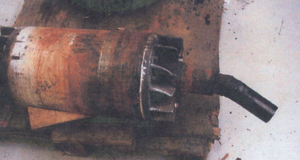
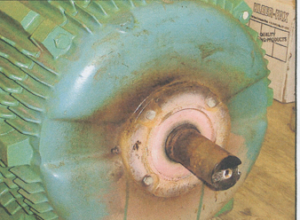

Please keep in mind that there are a variety of bearing types, configurations, lubrication types, housing arrangements, etc. Knowing what you have and consulting with the OEM of the equipment you have is a very important factor to consider. We hope that these series of articles have helped guide you to increasing reliability in your electric motor ball bearings. If you have a motor that continues to experience ball bearing issues, give us a call. Our team of technicians and engineers are ready to diagnose the problem and help to implement a long-term corrective action.
Posted in Equipment Management, Predictive
